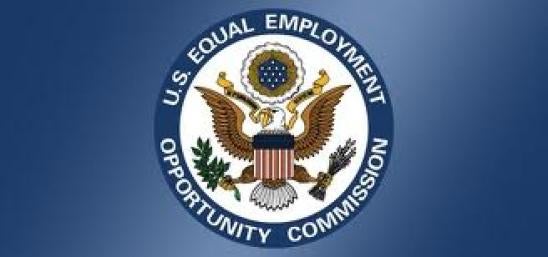The Equal Employment Opportunity Commission (EEOC) made the long-awaited announcement that this year’s EEO-1 collection would open April 26, 2021, and close on July 19, 2021.
Employers with at least 100 employees, and federal contractors with at least 50 employees, are obligated to file the EEO-1.
Employers should be ready to file their data within the 12-week window once the collection opens. As employers begin to prepare their filings, it will be important for them to be aware of what is in this year’s collection and, perhaps more important, what will not.
Data Collected in This Year’s EEO-1
The traditional workforce demographic information that the EEO-1 has collected for decades will be collected this year. This year’s collection will consist of data for 2019 and 2020 because the 2019 collection was postponed due to the COVID-19 pandemic.
The traditional workforce data has become known as “Component 1” after the EEOC decided in 2016 to add pay data to EEO-1 collection. Pay data became known as “Component 2.”
This year’s collection will feature only a Component 1 collection because the EEOC decided in 2020 not to renew its authority to collect Component 2 pay data information, citing the burden the Component 2 collection imposed on employers. Thus, the EEOC is without legal authority to conduct a pay data collection.
Other Pay Data Collections
The EEOC is evaluating the Component 2 data it collected in 2019 to assess its utility and potential modification to the collection form. To actually implement a new pay data collection, a majority of EEOC commissioners would have to agree to a form, and the EEOC would have to follow the process under the federal Paperwork Reduction Act (PRA) to regain the authority to have a collection at all. The PRA process consists of two rounds of public comment, the first for 60 days and the second for 30 days, and ultimately approval from the Office of Management and Budget before a collection is permitted. Other federal agencies likely would have to follow the same PRA process to conduct a pay data collection, but federal contractors should keep an eye on the Department of Labor’s Office of Federal Contract Compliance Programs (OFCCP) for potential pay data requirements. Congress also could act on legislation pending in the form of the Paycheck Fairness Act, which would require the EEOC and OFCCP to initiate pay data collection.
Some states are deciding to conduct their own pay data collections. California has completed its first collection under the state’s pay data collection law, and Illinois has enacted its own law that requires employers in the state to submit pay data starting in 2024. Many other jurisdictions are also considering pay data collections. Employers will need to stay up-to-date on various localities’ pay data submission requirements.





 i
i


